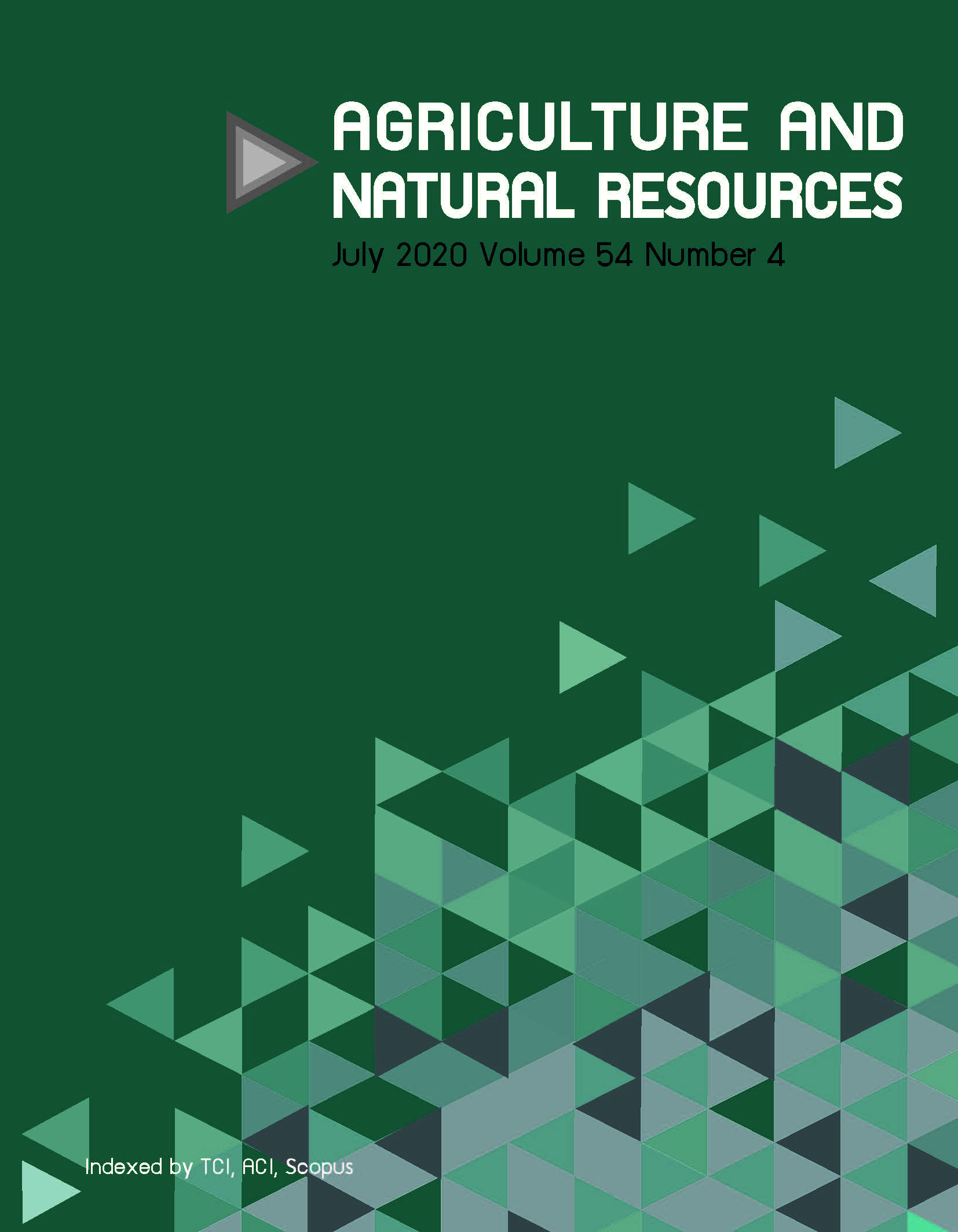Assessment of aridity effects on phytochemistry and ecophysiology of Argania spinosa (L.)
Keywords:
Antioxidant activity, Argan tree, Flavonoids, Phenolic compounds, SolutesAbstract
Argania spinosa is a species that grows in arid and semi-arid areas of Morocco. The phytochemistry and ecophysiology of argan leaves from seven localities; Essaouira, Tamanar, Imouzzer, Admine, Aït Baha, Merght and Bouizakarne were studied to investigate the different factors engaged in the resistance of this species to the environmental conditions in these areas. The relative water content in the argan tree leaves of Bouizakarne and Ait Baha was lower with a value of 55.09% and 63.9% successively compared to the other areas and there was an increase in the content of solutes (soluble sugars and prolin), proteins with 505.21mg/g DW in leaves of Bouizakarne and 327.1 mg/g DW in those of Ait Baha and total phenols (8.76 mg/g DW and 8.1 mg/g DW successively), in particular the flavonoids, and there were substantial amounts in the tree leaves of Bouizakarne and Ait Baha. Based on high-performance liquid chromatography, there were no qualitative differences in the argan leaf extracts concerning flavonoids among the seven studied areas. Furthermore, there was no significant difference between these seven localities regarding the antioxidant activity, the chlorophyll pigments contents a and b and the carotenoids.
Downloads
Published
How to Cite
Issue
Section
License

This work is licensed under a Creative Commons Attribution-NonCommercial-NoDerivatives 4.0 International License.
online 2452-316X print 2468-1458/Copyright © 2022. This is an open access article under the CC BY-NC-ND license (http://creativecommons.org/licenses/by-nc-nd/4.0/),
production and hosting by Kasetsart University of Research and Development Institute on behalf of Kasetsart University.







